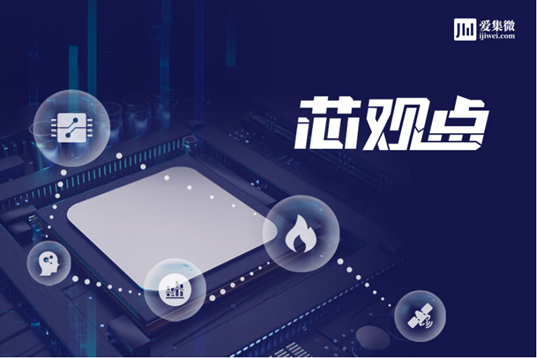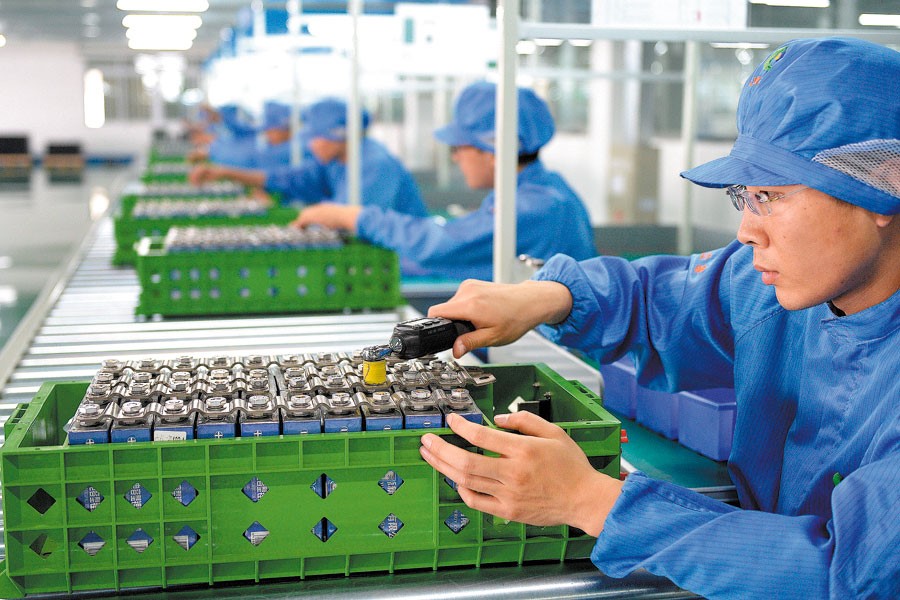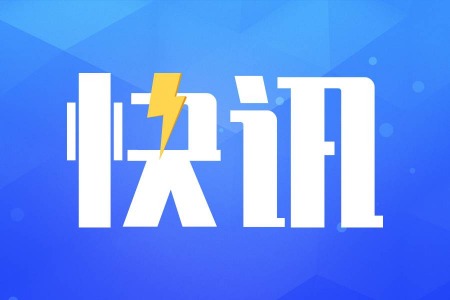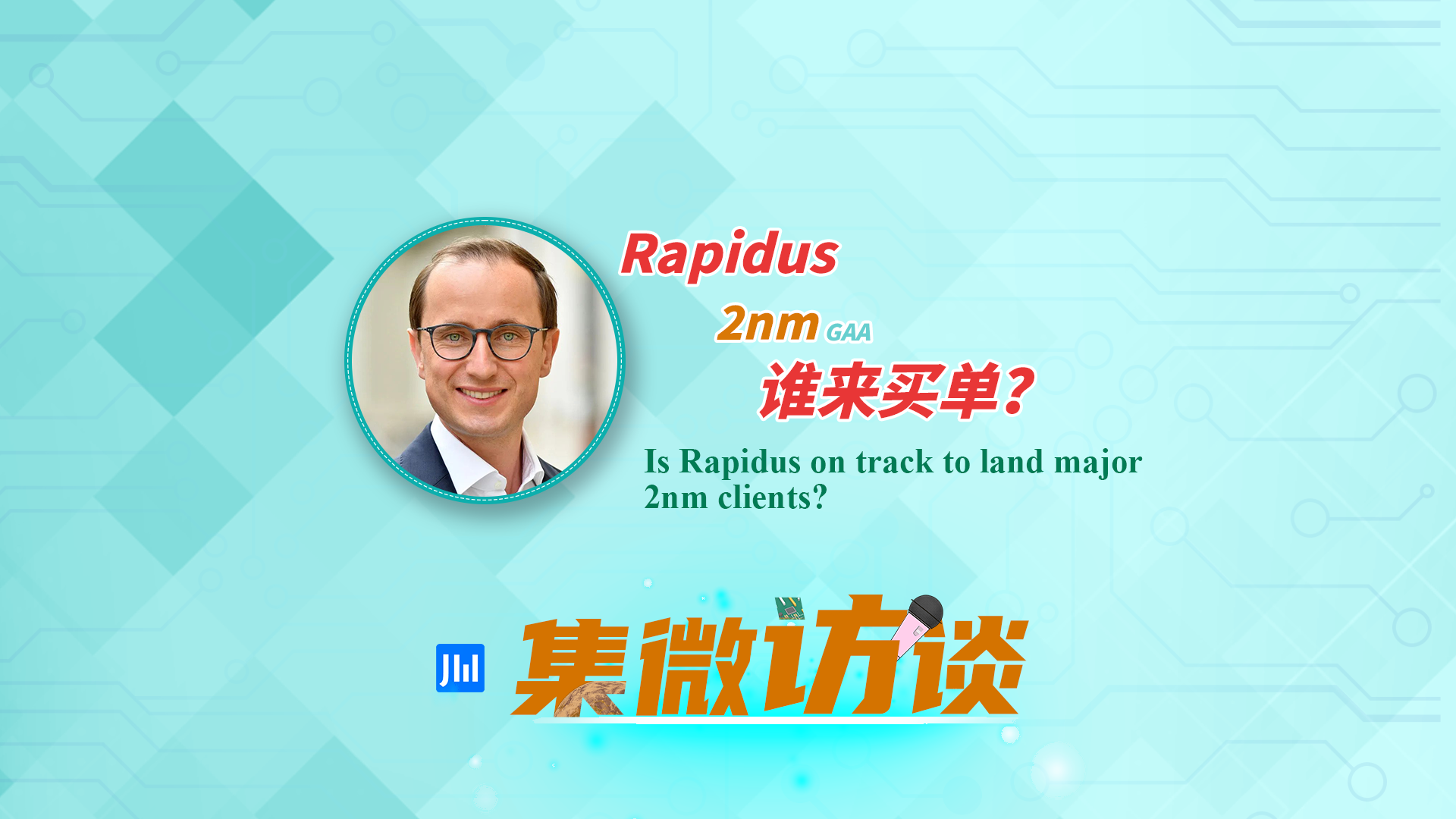By Greg Gao
Chinese battery manufacturers and lithium mining companies are expanding their overseas footprint and embarked on a global acquisition spree as the global lithium rush heats up, an analyst from JW Insights pointed out.

In recent years, as lithium materials have been widely used in the battery of electric vehicles, electronic products and energy storage systems, many countries have launched a new round of “battle” for lithium, which has prompted the price of lithium materials to soar.
EV manufacturers, including Tesla, Volkswagen, Mercedes-Benz, NIO, Geely and many other companies in China and abroad, have faced the challenge of battery raw materials shortage. They have joined the global lithium rush rapidly.
According to American chemical giant Albemarle’s forecast, the global lithium demand will reach 2.5 million tons of lithium carbonate equivalent per year by 2030. The CAGR is 48% from 2020 to 2025 and 22% from 2026 to 2030.
Under China’s national strategy of achieving peak carbon dioxide emissions by 2030 and carbon neutrality before 2060, the booming electric vehicle industry spurs demand for the battery-making metal. China has accelerated the development of high-quality salt lakes in Qinghai, Tibet and hard rock lithium resources in western China’s Sichuan Province.
At the same time, Chinese companies have set their sights on overseas lithium mines and are trying to expand their lithium reserves through overseas acquisition and investment. For example, in 2018, Tianqi Lithium(天齐锂业) spent $4.1 billion to become the second-largest shareholder of SQM, the world’s biggest lithium producer in Chile.
Ganfeng Lithium(赣锋锂业), China’s largest lithium compounds producer, owns mines in China and Australia and has partnered with the Cauchari-Olaroz lithium project in Argentina. After the project is completed this year, its initial annual lithium carbonate production capacity will reach 40,000 tons. In August last year, Ganfeng Lithium invested $387 million to have acquired London-listed Bacanora Lithium.
Such overseas mergers and acquisitions are numerous. In October last year, three Chinese companies, Zijin Mining(紫金矿业), Ganfeng Lithium and CATL joined the lithium race in Argentina. Zijin Mining’s 3Q project is not far from the Ganfeng Lithium’s Mariana lithium salt lake project, the CATL’s Pastos Grandes project and the Cauchari East Lithium project. In addition, Zijin Mining also acquired the Toronto-based Neo Lithium for nearly RMB5 billion($749 million).
According to statistics, in 2021, Chinese lithium companies including AnShan Heavy Duty Mining Machinry(鞍重股份), Eve Energy(亿纬锂能), Gotion High tech(国轩高科), Mianyang Fulin Precision(富临精工), Tibet Mineral Development(西藏矿业), and Zangge Mining(藏格控股) have also announced that they will participate in the competition for domestic and foreign lithium mineral resource projects, involving a total amount exceeds RMB40 billion($6 billion).
One industry insider pointed out that as lithium price rockets nearly 500% in a year, Chinese companies buy a large number of lithium mines overseas, which can ensure a relatively stable future price. Industry giants such as CATL and Eve Energy will be the leading force in buying lithium mines.
According to data from Benchmark Mineral Intelligence, China manufactures nearly two-thirds of the world’s lithium-ion batteries (versus 5% in the United States) and controls most of the world’s lithium processing and refining facilities. This is mainly due to the continuous upgrading of the lithium extraction process in China and the lower cost, and the active expansion of the production capacity of Chinese lithium salt processing plants.

In addition, it is worth noting that China and Australia, which has a mature mining system, have more convenient transportation conditions. “Australian mine and China lithium salt factory” has become a combination with high capital expenditure efficiency.
China’s domestic lithium resources development is facing daunting challenges. Most of China’s lithium resources are concentrated in salt lakes of the Qinghai-Tibet Plateau, where poor mining conditions, such as insufficient transport and weak electricity infrastructure, and proximity to ecologically sensitive areas, serve as detriments to industrial development, according to media reports.
As the global sales of electric vehicles hit new highs, the competition for lithium resources has become increasingly fierce. In the long run, whether a country can firmly hold lithium mines in its hands is related to the future destiny of the country to a certain extent, JW Insights analyst concluded.


 登录
登录








